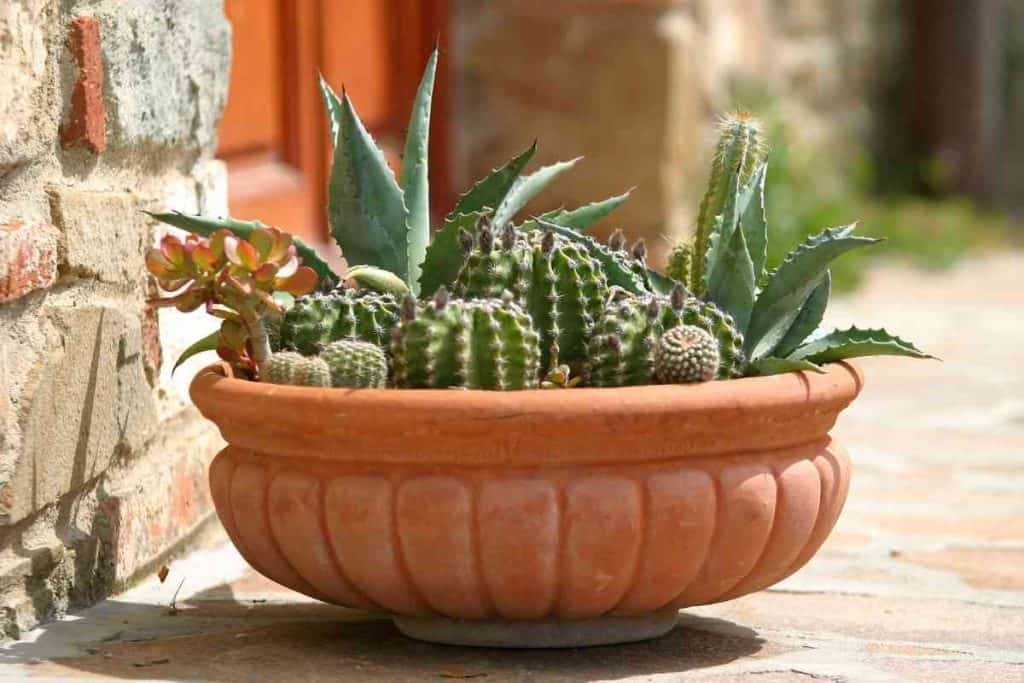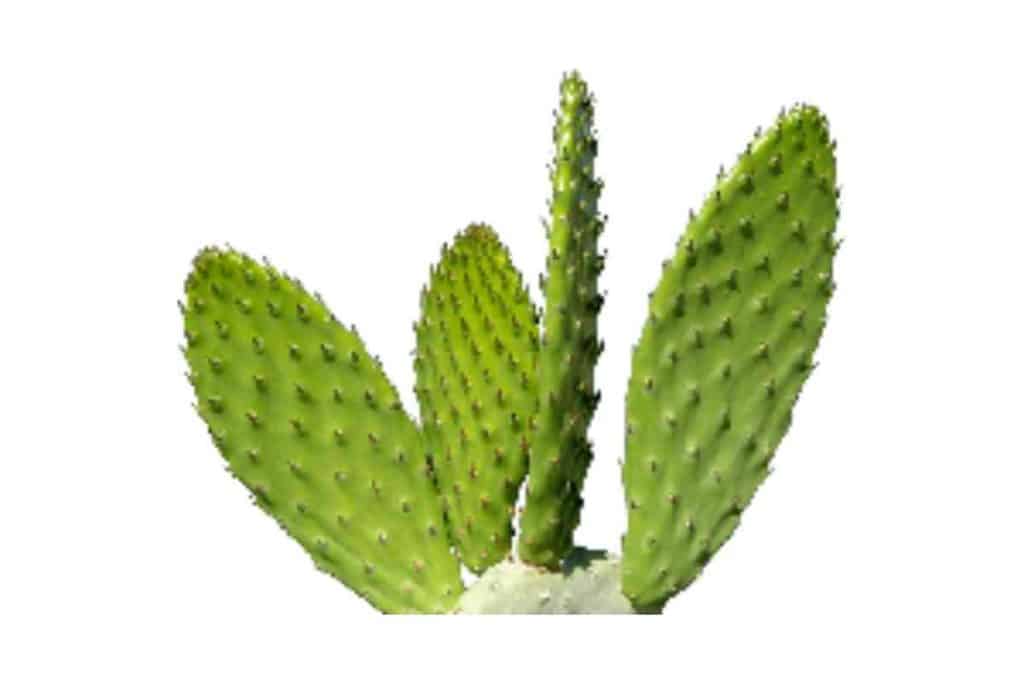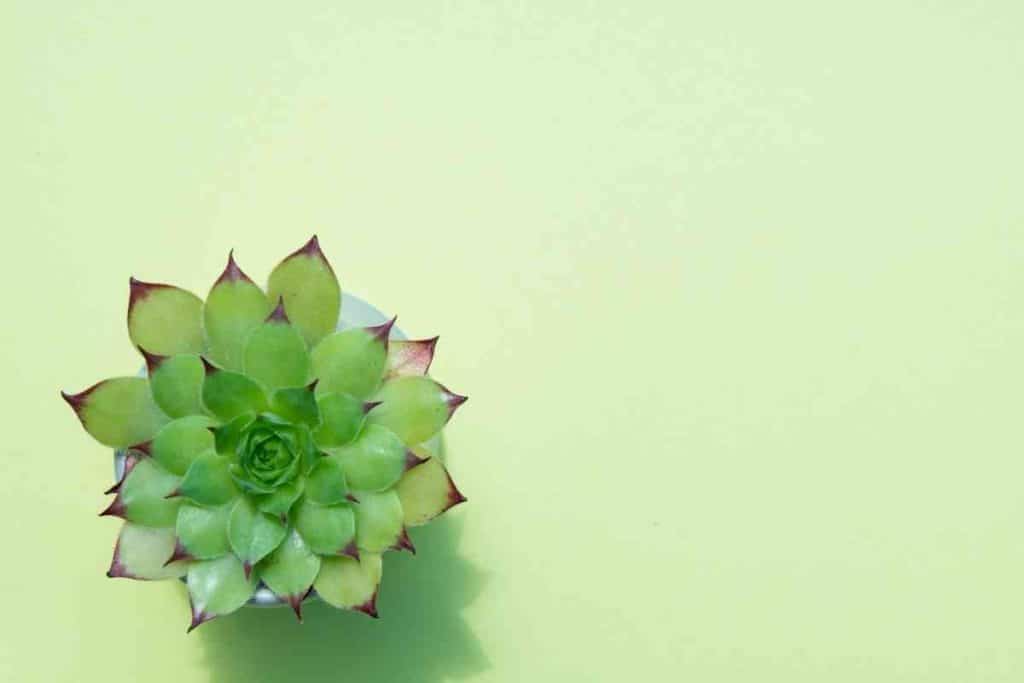Cacti are extremely hardy and minimal plants. In most case scenarios, they only require adequate light access, well-drained land, and careful watering to flourish.
Pest problems are uncommon with cactus and are simple to resolve. Even though these cultivars are usually regarded as resilient, stem dehydration and discoloration are widespread problems. But what’s the deal with my browning cactus? Why is my cactus turning brown?
Cacti plants can turn brown, yellow, or perhaps even purple. Sunburn, for example, could be the reason for your vegetation transforming brown from the upper end. If the browning begins at the bottom, root rot could be the cause. Red spider mites and corking may also change your plant’s appearance from green to brown.
This article will go over all possible causes of your cactus turning brown and what you’ll do to save it. Continue reading to learn all you need to understand.
Table of Contents
Why Is My Cactus Turning Brown?

Cactus Turns Brown Due to Too Much Water
One of the people’s most common problems with indoor cacti is overwatering them. If you’re unsure whether it needs water, fall on the side of not misting it.
Your cactus will perform much better if it is under-watered rather than over-watered.
A cactus differs from most other indoor plants. It will continue absorbing its available water because it came from an arid origin. Every drop is essential to absorb.
The more water you give your cactus, the more it will take in and ultimately rot.
Inadequate Lighting
One of the obvious first signs that your cactus isn’t getting sufficient illumination is when the new shoots seem long, leggy, and attempting to reach the illumination.
So keep an eye out for this problem to catch it sooner and before it’s too late.
Adjust the position of your cactus in the pot if you believe you’re giving it less than enough light.
If the soil and cactus are seated too low in the pot (a few inches down), it may not be receiving sufficient light – even if it has been seated near a sunny spot.
In this scenario, airflow will also be restricted.
This can happen gradually as the soil folds up and constricts over time, so repot your plant with additional soil to carry it closer to the pot’s surface, around a quarter inch underneath the top of the pot.
Excessive Lighting
Believe it or not, your cactus can get too much light, particularly if it is beside a hot glass.
If you notice brown spots on the tips of your cactus, this could be an indication of burns.
Dangers in the home
Your interior cacti plants are still vulnerable to the same insects and pathogens that threaten their outdoor contemporaries. On the other hand, indoor plants may experience lingering problems that are distinctive.
When your houseplants begin to brown or dry out, make sure they are not too close to a thermal outlet.
Notwithstanding the thick layer of gloop that protects the plant, the hot air flow from the outlet can cause plant cells to crisp up. AC vents can also cause considerable damage, although this harm may take more time to emerge.
How to Stop Cactus From Turning Brown

Do you want to know if you can keep your cactus from turning brown? The best part is that there have been numerous steps you can take to alleviate this problem.
The easiest way to keep the shrub from turning brown is to cultivate it in a good place. Also, lock up new plants and inspect them for insects and pathogens before exposing them to your other crops.
Other ways to prevent browning include:
Proper selection of pot (preferably terracotta or clay)
These types of pots will greatly assist you in avoiding extra liquid.
If you’re beginning to realize your cactus is turning brown, you should be able to salvage it by completely drying it out before watering it again.
Don’t be deceived by the upper soil layers; the bottom of the pot may still be extremely humid or soggy.
Picking up the pot is a simple test. If the soil starts to feel lightweight, as if all you’re carrying is the load of the pot and the shrub, that’s a good indication that it’s dried out.
A whole other way you could do to prevent moisture from stressing your cactus is to place it in a properly sized pot.
You wouldn’t want the pot to be too large because this will cultivate an atmosphere with a far more growing medium to retain more water. Put your cactus in a slightly larger pot than its root ball.
How To Care for Your Cactus After Trimming

If you should do this to one of your favorite plants, keep a keen eye on it afterward to ensure it doesn’t rot further. Repeat the previous steps to eliminate the fresh rot if it starts rotting again.
The injury should blister over after a few days, and your cactus will probably send out new shoots just next to the tear.
You’ll be devastated if you split the cactus in half to eliminate all the rot. But, in the end, it tends to add to the plant’s personality.
Frequently Asked Questions
Can you bring a brown cactus back to life?
You can replant the plant by stripping away the disease-ridden soil and substituting it with germ-free soil. Before planting new in new potting medium, thoroughly wash the roots. A soft, soggy cactus can be saved by getting cuttings and allowing them to root to create a new plant.
What does a dying cactus look like?
A dying cactus typically feels shakier in its garden soil and may seem to want to fall off. This is a solid statement of root rot and other systemic causes. Some plants may also discolor, form soft portions on the stalks, or emit a foul odor.
What is the appearance of an overwatered cactus?
A cactus that has been overwatered, on the other hand, will seem so frail and monotonous. The pigmentation usually begins slowly so you may miss any substantial change between the plant’s initial and current color. If the color of your cactus changes from green to yellow, you may be overwatering it.
Conclusion
Browning is a fairly frequent issue that many cacti growers face. Luckily, your plants will not perish as a result of this. When brown spots appear on your plant, identify and analyze the issue and address it appropriately.
Do not distress or attempt to solve the problem without first determining its causative factors. If you cannot determine the cause on your own, don’t be shy to enlist the assistance of a plant expert to assist you in resolving the issue. Remember that growing fresh cacti plants necessitates proper care!
You may also want to read:
- Why Is My Succulent Turning Yellow? (How To STOP It)
- Why is My Succulent Turning Red? (What TO DO)
- Why Is My Cactus Turning Yellow? (7 Causes & Treatments)




